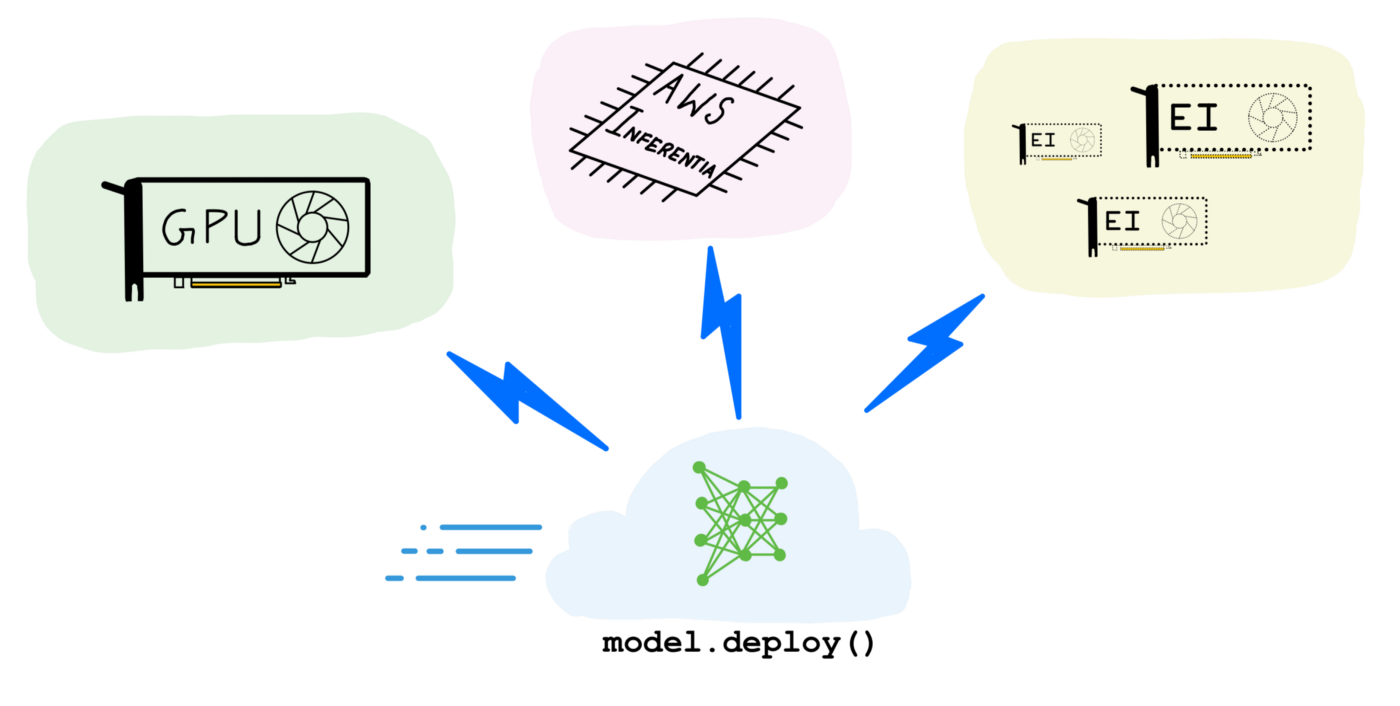Deep learning is a rapidly growing field of artificial intelligence that is being used to solve complex problems in a variety of industries. While traditional CPUs are well suited for general-purpose computing, GPUs are designed for highly parallel computations and are therefore ideal for deep learning. This beginner’s guide will help you get started with using GPUs for deep learning by explaining the basics of how they work and why they are so effective. We’ll also provide some tips on choosing the right GPU for your needs and show you how to get started with training your own deep learning models. So let’s dive in!
What is Deep Learning and Why is it Useful for GPUs?
Deep learning is an advanced branch of AI which uses multiple layers of neural networks, such as neural pathways and nodes, to determine patterns and relationships from datasets. GPU technology makes deep learning more efficient, allowing for faster processing with greater accuracy than ever before. GPUs are specialized processors that are specifically designed and optimized to handle large amounts of data quickly and efficiently. By leveraging GPU capabilities with cloud GPU servers, organizations can harness the power of computing in the cloud to train complex models with GPU accelerated deep learning. GPU cloud server solutions provide scalability, flexibility, and ease of use, enabling users to quickly create powerful GPU-enabled applications with minimal setup time. GPU servers have become indispensable tools for modern businesses; they offer the potential to drive data-intensive projects forward while cutting costs on hardware and maintenance related overhead.
How Do GPUs Work with Deep Learning Algorithms?
Deep learning is a form of Artificial Intelligence (AI) with many applications. It relies on Neural Networks, which are networks composed of various layers to process vast amounts of data and uncover patterns. But working with Neural Networks requires an immense amount of computing power, making Cloud GPU servers the perfect solution for deep learning algorithms. Cloud GPUs are systems that allow users to access powerful graphical processing units from anywhere via the Cloud, which is why they’re incredibly well-suited for deep learning algorithms. Cloud GPU technology brings the same capabilities that traditional GPU servers would offer, such as performing complex calculations at a much faster rate than what can be achieved with typical CPUs, NVIDIA A100 GPU is the best example. This helps speed up the deep learning process and makes it more efficient. For beginners considering taking advantage of Cloud GPUs to accelerate their deep learning projects, this guide will provide all the necessary information needed to get started.
Benefits of Using a GPU for Deep Learning
There are numerous benefits of using dedicated GPUs for deep learning operations.
- Cloud GPU access is especially useful for those wishing to undertake deep learning projects as it eliminates the need to invest in expensive compute hardware.
- Cloud GPU services allow users to launch powerful machines at a fraction of the cost they would pay on-site and, in many cases, the relevant software is already installed on such machines.
- Additionally, cloud GPUs provide access to more scalable solutions that may be difficult to achieve when using larger computing systems.
- Cloud GPU resources also enable faster experiment turnaround times since users don’t have to spend time building their own infrastructure and networks or wait for large computations to finish.
How Can You Get Started with Using GPUs for Deep Learning Tasks?
GPU cloud computing is quickly gaining traction as one of the most reliable and inexpensive resources for deep learning tasks. GPU-based cloud platforms enable developers to access powerful GPU machines on demand, which makes it easier than ever to get started with GPU-accelerated deep learning without needing to make significant investments in hardware. GPU cloud services provide a selection of GPU instances that are tailored to different types of applications, making it easier to identify the right GPU infrastructure needed for any given deep learning task. Furthermore, GPU cloud services often feature built-in support for popular AI frameworks, such as TensorFlow and Pytorch, allowing developers to quickly build their own GPU-powered deep learning models from the ground up with a few simple coding instructions. As GPUs become increasingly useful in deep learning projects, working with GPU clouds is an ideal way for beginners to gain experience with deep learning tasks.
Common Issues When Using GPUs for Deep Learning Tasks – How to Overcome Them
GPU-accelerated deep learning can provide unparalleled computing power to perform complex tasks, but it’s not always easy for beginners to get started. Many issues that crop up can be attributed to GPU compatibility and GPU programming, both of which are highly technical topics. GPU drivers and GPU libraries need to be configured correctly, and this can involve learning how to install and maintain the GPU setup. Additionally, the GPU hardware needs to be able to run the program efficiently, in terms of operations issue with input/output speeds and other technical matters. Fortunately, these potential roadblocks don’t have to deter those just starting out from exploring the exciting world of GPU-enabled deep learning. With proper knowledge about GPU configuration and access to helpful resources such as online support forums or industry experts, anyone interested in this field can make great progress.
Conclusion
Deep learning is a powerful tool that can be used for a variety of tasks, from image recognition to natural language processing. GPUs are well-suited for deep learning because they are designed to perform the matrix calculations that are necessary for training deep neural networks. The benefits of using a GPU for deep learning include increased speed and efficiency, as well as the ability to train larger and more complex models. If you’re interested in getting started with using GPUs for deep learning, Ace Cloud GPU offers an easy-to-use platform that can help you get up and running quickly. Common issues that beginners face when using GPUs for deep learning include poor performance due to improper configuration, or limited resources due to insufficient hardware. These issues can be overcome by carefully selecting the right GPU instance type and monitoring your resource usage during training. With Ace Cloud GPU, you can easily get started with using GPUs for deep learning tasks without having to worry about these common problems.





